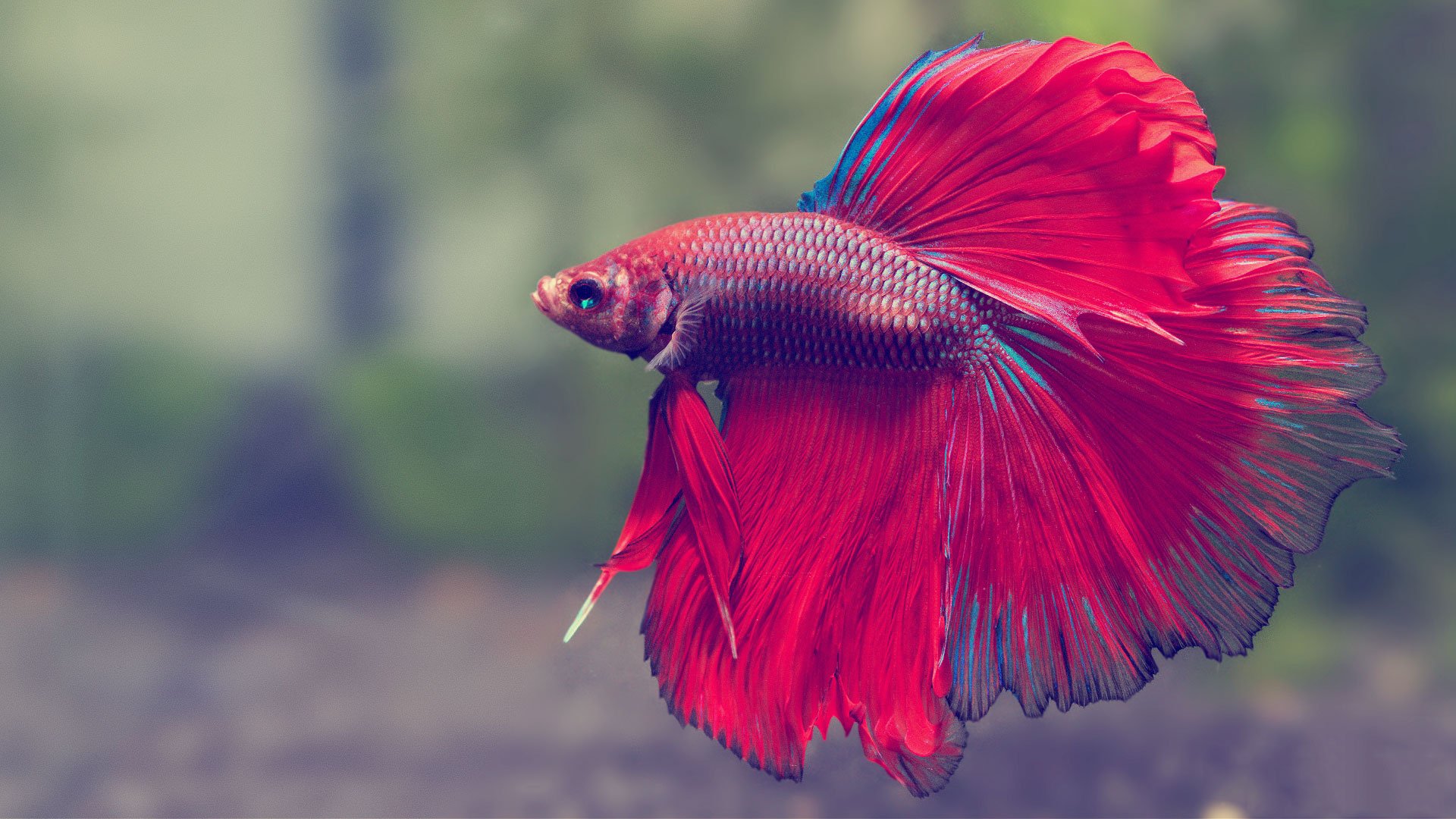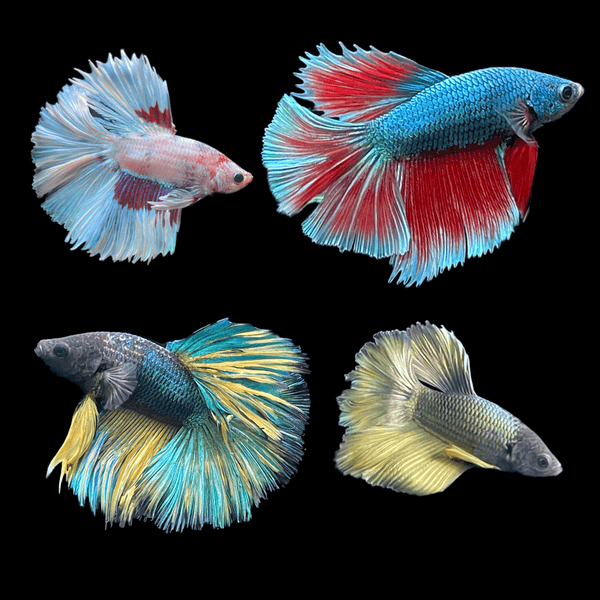The Ultimate Betta Fish Treatment Guide for New Animal Owners
The Ultimate Betta Fish Treatment Guide for New Animal Owners
Blog Article
Breeding Betta Fish: a Comprehensive Step-By-Step Guide to Efficiently Raising Infant Bettas From Eggs to Adulthood
Breeding Betta fish is a thorough undertaking that needs cautious preparation and execution to guarantee the successful growth of fry from eggs to grow fish. Selecting genetically varied breeding pairs with preferable features is only the beginning; producing an optimum environment and recognizing the intricacies of the breeding procedure are similarly critical. As the male Betta diligently constructs a bubble nest and guards the valuable eggs, the succeeding phases of treatment and transition demand interest to information and expertise of best practices. How does one browse the tough yet fulfilling course of supporting these vibrant creatures to their adult years?

Choosing Breeding Pairs
When embarking on the trip of reproducing Betta fish, choosing the right reproduction sets is essential to attaining preferable traits and a healthy and balanced family tree - betta fish. The initial step in this process is to identify the certain qualities you want to improve or preserve, such as color, fin kind, and physique. It is necessary to choose genetically diverse sets to avoid inbreeding, which can cause health issues and undesirable qualities
Assess prospective breeding prospects meticulously. A healthy male Betta ought to display lively shades, an energetic demeanor, and well-formed fins, while the woman ought to also display dynamic pigmentation and a rounded stubborn belly, showing preparedness for spawning. Observing the character of both fish is essential, as aggressive or extremely reluctant people may not breed successfully.
Maintaining records of the parent fish's ancestry can aid you track hereditary attributes and possible concerns. Eventually, spending time in the option process will dramatically enhance the likelihood of producing solid, vivid offspring that meet your breeding objectives.

Preparing the Breeding Container
Producing an optimal reproduction environment is a key action after selecting ideal pairs for Betta fish. The reproduction container must be specifically made to supply comfort and boost the natural reproduction behaviors of the fish. Beginning with a storage tank size of at the very least 10 gallons to make certain appropriate area for both the male and women Bettas.
Preserve a gentle filtration system to keep the water tidy while preventing solid currents that can worry the fish. In addition, an air rock can be included in supply oxygenation without disrupting the water surface area way too much.
Temperature law is vital; objective for a secure series of 78-82 ° F(25-28 ° C) making use of a trusted heating unit. The pH degree should be preserved in between 6.5 and 7.5, and regular water modifications are necessary recommended you read to make sure high water top quality.
Integrate drifting plants or spawning sponges to create concealing spots for the lady, while likewise urging bubble nest building by the man - betta fish. Make sure the storage tank is free from sharp decors and any type of potential threats, as the welfare of the fish must constantly be focused on during this important phase of breeding.
The Reproduction Refine
Generally, the reproducing procedure for Betta fish involves a series of distinct and evident behaviors that suggest preparedness for recreation. The male Betta starts by building a bubble nest at the water's surface, which acts as a website for the fed eggs. This nest is critical, as it gives a safe atmosphere for the eggs up until they hatch out.
Once the nest is developed, the male will display courtship habits, such as flaring his fins and displaying dynamic colors to attract the lady. The lady, upon noticing the male's readiness, will certainly react by showing vertical red stripes along her body, indicating her receptiveness.
The fertilized eggs after that fall to the bubble nest, where the male carefully gathers and returns them to the nest. Following this, the male assumes duty for safeguarding the nest and ensuring the safety and security of the eggs up get redirected here until they hatch out, commonly within 24-36 hours.
Caring for Betta Fry
Caring for Betta fry needs mindful attention to their environment and nutrition to make sure healthy and balanced development and development. After hatching, Betta fry are very tiny and vulnerable, necessitating a steady and tidy environment.
Feeding Betta fry is just as vital. Feed them tiny amounts several times a day, being careful not to overfeed, which can lead to water top quality concerns.
Transitioning to Adult Bettas
As Betta fry mature, transitioning them to grown-up Bettas is an important stage more helpful hints that needs careful monitoring of their setting and social communications. This process usually begins when the fry get to around 6 weeks old, at which point they can be gradually introduced to an extra structured living atmosphere.
To facilitate this shift, it is vital to make sure that the water specifications-- such as temperature level, pH, and ammonia levels-- are optimal and steady. Grown-up Betta fish grow in cozy water (around 78-80 ° F) with a pH of 6.5 to 7.5. Gradually accustom the fry to these conditions to lessen anxiety.
Social communications are one more key aspect; man Bettas are notoriously territorial and aggressive. It is advisable to separate males right into individual storage tanks as they develop. Women Bettas can be housed together, however treatment needs to be taken to keep an eye on for indicators of hostility.
In addition, dietary modifications must be made as the fry grow. Integrate high-quality pellets and live foods to support their growth and wellness. By taking care of these factors efficiently, you can advertise an effective change to the adult years for your Betta fish.

Conclusion
Successful reproduction of Betta fish needs careful attention to information throughout the entire procedure, from choosing genetically diverse pairs to supplying ideal care for fry. In addition, a well balanced diet regimen and steady adjustment to adult environments are crucial for the growth and growth of Betta fish.
Report this page